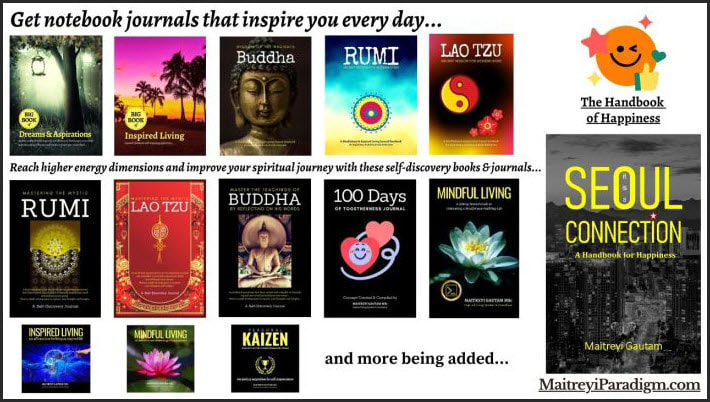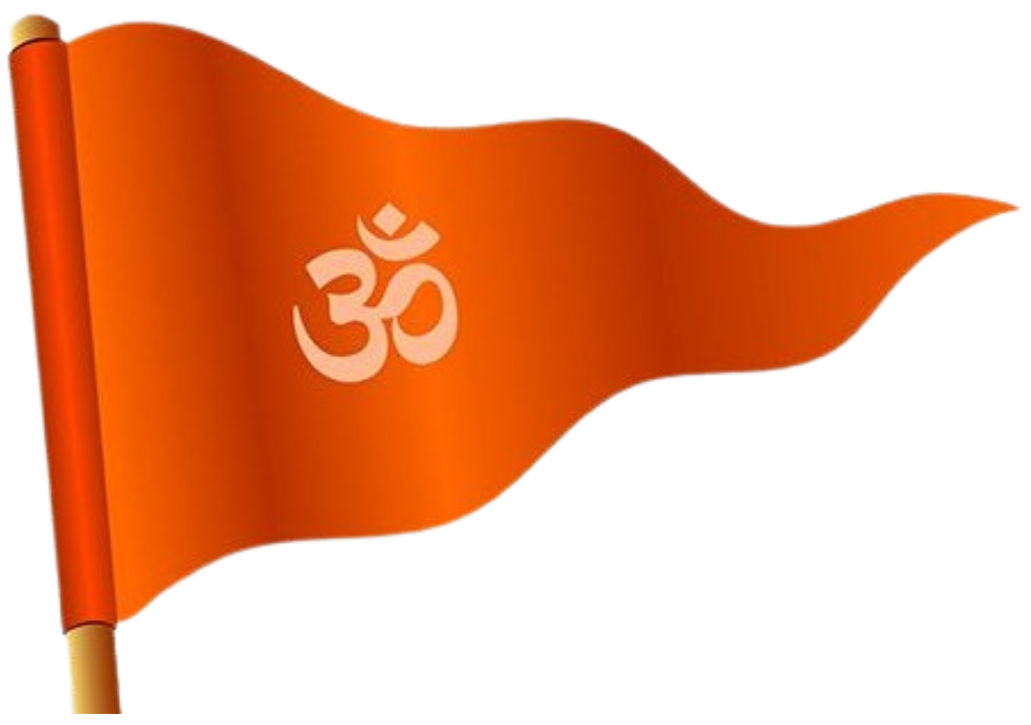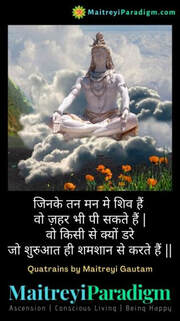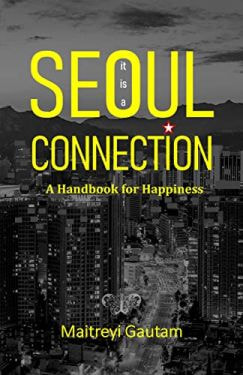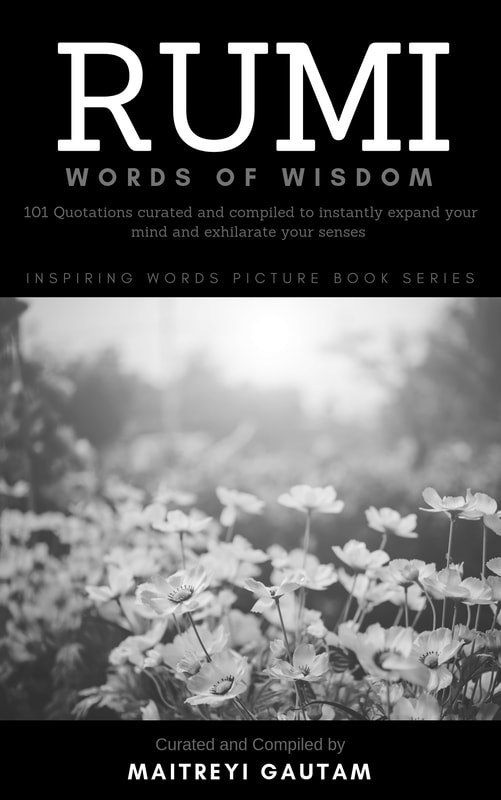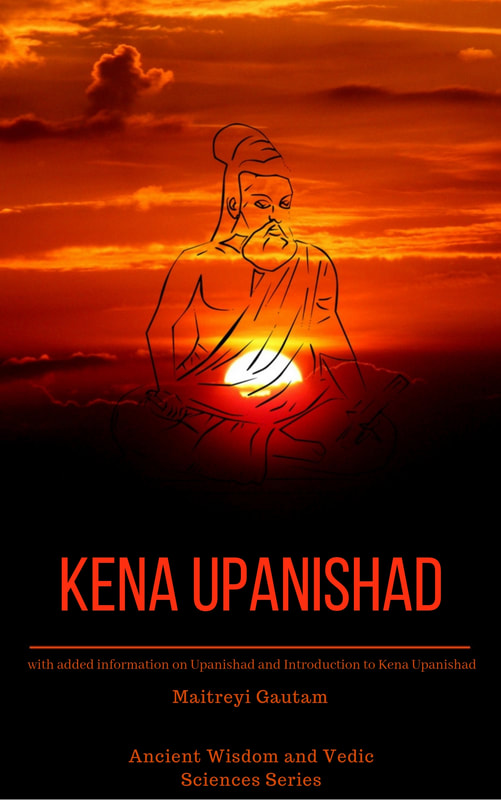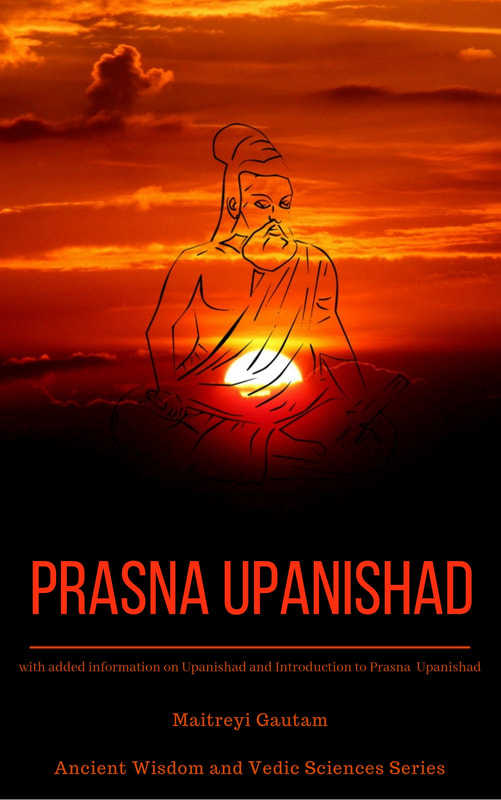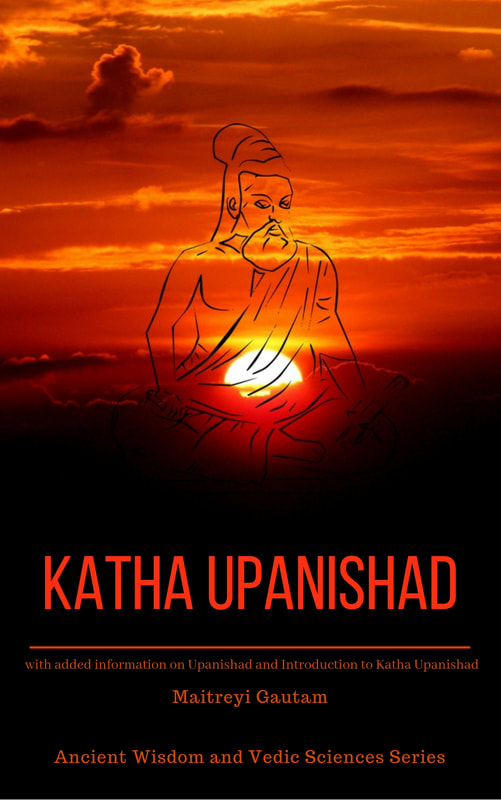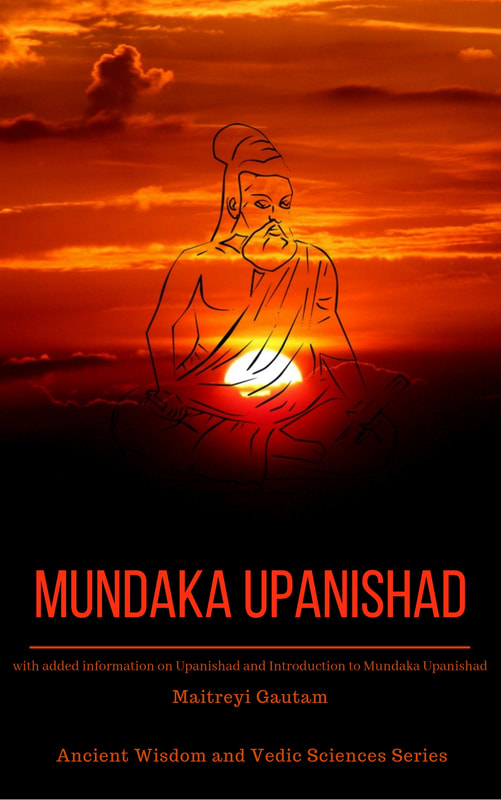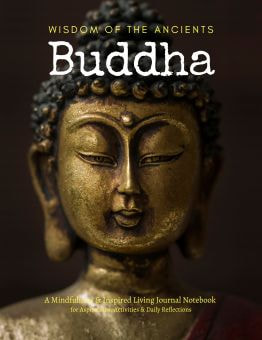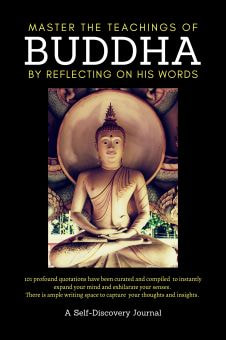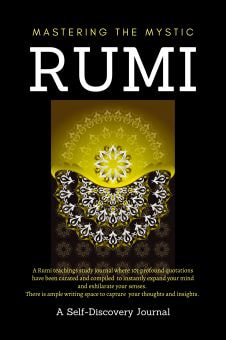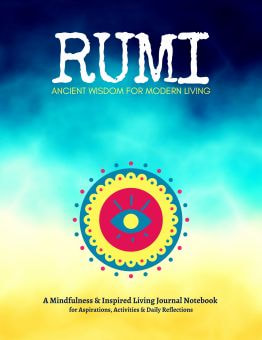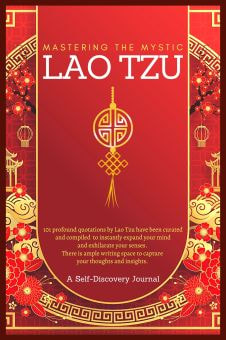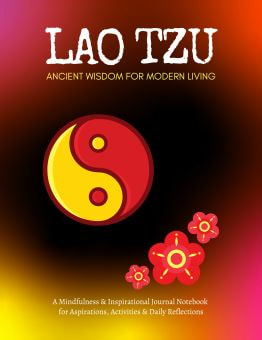| Rahu Kala, often spelled as Rahu Kalam, is a significant aspect of the Hindu Panchang or traditional calendar system followed by Hindus. The Panchang is a comprehensive guide that provides essential information on various time-based elements such as Tithis, Nakshatras, and Yogas. One of the key components of the Panchang is the identification of auspicious and inauspicious times during the day. Rahu Kala is one such inauspicious period that is believed to have unfavorable influences on the activities undertaken during that time. | |
In Hindu mythology, Rahu is a serpent-like celestial entity associated with eclipses, shadows, and obscurity.
Rahu Kala is named after Rahu, as it is considered to be the time when Rahu's malevolent influence is the strongest. The term "Kala" refers to a specific period or time, and when combined with "Rahu," it denotes an unfavorable time segment governed by the celestial force of Rahu.
Rahu Kala is believed to be a time when confusion, chaos, and difficulties may arise, especially if important tasks or new ventures are initiated during this period.
Rahu Kala is named after Rahu, as it is considered to be the time when Rahu's malevolent influence is the strongest. The term "Kala" refers to a specific period or time, and when combined with "Rahu," it denotes an unfavorable time segment governed by the celestial force of Rahu.
Rahu Kala is believed to be a time when confusion, chaos, and difficulties may arise, especially if important tasks or new ventures are initiated during this period.
Rahu Kala occurs once every day, with its timing and duration varying depending on the day of the week. The daily duration of Rahu Kala is approximately 1 hour and 30 minutes. However, the exact timing of this period is not constant; it changes according to the sunrise and sunset times and follows a specific pattern based on the days of the week.
Here is a general guideline for Rahu Kala timings:
Please note that these timings are approximate and can vary based on geographical location. It is always recommended to consult a local Panchang or a reliable online source to determine the precise Rahu Kala timings for your region.
Hindus are generally cautious about Rahu Kala and avoid initiating any significant tasks or making important decisions during this period. Activities such as starting a new business, signing contracts, commencing a journey, or even getting married are often avoided during Rahu Kala to prevent the likelihood of negative outcomes. In contrast, routine tasks and activities that do not require specific outcomes can be performed without concern during this time.
It is essential to understand that Rahu Kala is just one of the many factors considered in the Hindu Panchang when determining the most auspicious times for events or activities. Other elements such as Tithis, Nakshatras, and Yogas also play a crucial role in identifying the most suitable time for important endeavors.
In conclusion, Rahu Kala is an essential aspect of the Hindu Panchang that helps devotees identify inauspicious time periods during the day. By being mindful of Rahu Kala and avoiding significant activities during this time, Hindus believe they can minimize the potential for unfavorable outcomes and ensure the smooth and successful completion of their endeavors.
Here is a general guideline for Rahu Kala timings:
- Sunday: 4:30 PM to 6:00 PM
- Monday: 7:30 AM to 9:00 AM
- Tuesday: 3:00 PM to 4:30 PM
- Wednesday: 12:00 PM to 1:30 PM
- Thursday: 1:30 PM to 3:00 PM
- Friday: 10:30 AM to 12:00 PM
- Saturday: 9:00 AM to 10:30 AM
Please note that these timings are approximate and can vary based on geographical location. It is always recommended to consult a local Panchang or a reliable online source to determine the precise Rahu Kala timings for your region.
Hindus are generally cautious about Rahu Kala and avoid initiating any significant tasks or making important decisions during this period. Activities such as starting a new business, signing contracts, commencing a journey, or even getting married are often avoided during Rahu Kala to prevent the likelihood of negative outcomes. In contrast, routine tasks and activities that do not require specific outcomes can be performed without concern during this time.
It is essential to understand that Rahu Kala is just one of the many factors considered in the Hindu Panchang when determining the most auspicious times for events or activities. Other elements such as Tithis, Nakshatras, and Yogas also play a crucial role in identifying the most suitable time for important endeavors.
In conclusion, Rahu Kala is an essential aspect of the Hindu Panchang that helps devotees identify inauspicious time periods during the day. By being mindful of Rahu Kala and avoiding significant activities during this time, Hindus believe they can minimize the potential for unfavorable outcomes and ensure the smooth and successful completion of their endeavors.

